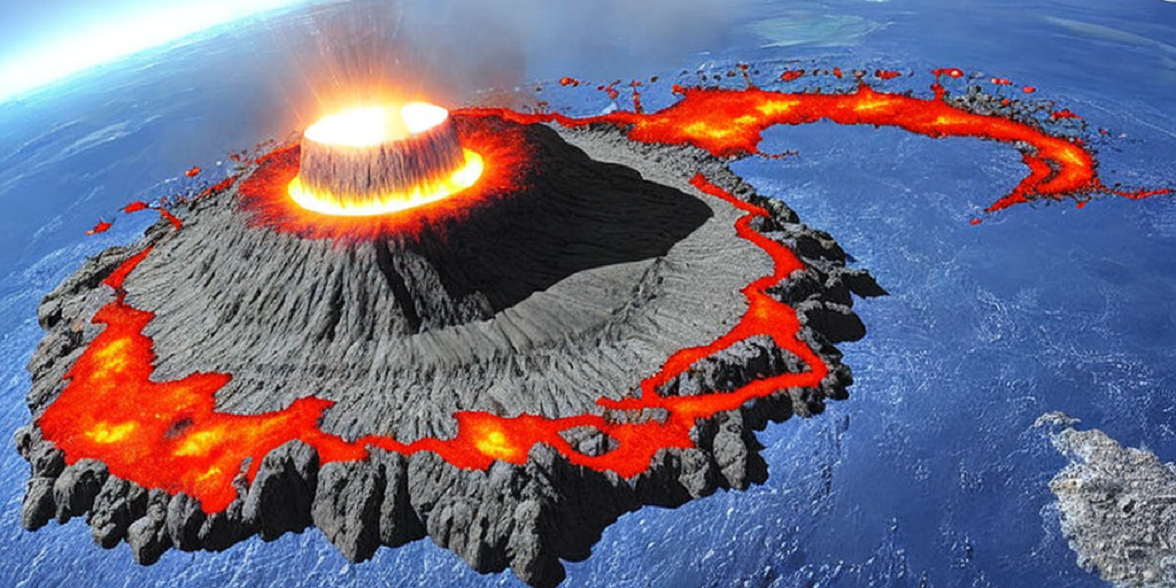In a world filled with mysteries, some stories seem too bizarre to be true. Imagine stumbling upon a painting that makes your eyebrows shoot up, a painting of a former U.S. President, Bill Clinton, wearing a royal blue dress. Sounds like something out of a crazy conspiracy movie, right? But hold onto your hats, because this tale is stranger than fiction.
Let’s travel back to the year 1998. Monica Lewinsky, a young woman working as an intern at the White House, found herself in the midst of a scandal that rocked the nation. It involved an affair with none other than President Bill Clinton. One particular item from that scandalous affair played a key role – a blue dress. This dress became a crucial piece of evidence, carrying the secrets of a tryst that shook the political landscape.
Fast-forward to a few years later, and we find ourselves in the opulent and mysterious world of Jeffrey Epstein. Epstein was a wealthy financier who rubbed shoulders with influential people from various spheres. His life, however, was marred by controversies, particularly allegations of sexual misconduct and trafficking of underage girls. The discovery of a painting of Bill Clinton in a blue dress within Epstein’s lavish residence added yet another layer of intrigue to the already mysterious narrative.
The Blue Dress Connection
Let’s look into the blue dress connection. Monica Lewinsky’s blue dress became an inadvertent time capsule, preserving a stain that held more than just a spot of dirt. It carried traces of President Clinton’s DNA, offering undeniable proof of their illicit relationship. The dress was unwittingly transformed from a fashion item into an artifact that would forever link the two in history.
Now, let’s jump to the painting. In this artwork, there’s Bill Clinton, usually seen in tailored suits, instead wearing a blue dress reminiscent of Lewinsky’s infamous attire. It’s a startling juxtaposition that raises eyebrows and ignites curiosity. Why would someone create such a piece? And why place it in Epstein’s home of all places?
A Brushstroke of Speculation
Speculation about the relationship between the painting and Clinton’s presidency runs wild. Some suggest that it might symbolize a hidden side of power, a reminder that those in high places aren’t always what they seem. Others wonder if it’s a mockery of Clinton, a commentary on the scandal that tarnished his legacy. But remember, this is all conjecture – educated guesses made by individuals trying to make sense of a baffling puzzle.
Jeffrey Epstein’s connection to the painting adds a layer of shadow to the already murky tale. Epstein’s life was a tapestry woven with threads of secrecy. His network included numerous influential figures, making it challenging to distinguish fact from fiction. While some say the painting was merely part of Epstein’s eccentric collection, others speculate that it could have held a deeper, more symbolic meaning in the twisted world he inhabited.
The Intrigue Endures
As time marches forward, the enigmatic painting of Bill Clinton in a blue dress continues to capture the imagination of the public. Its existence sparks conversations about power, scandal, and the lengths people will go to leave their mark on history. But perhaps the most fascinating aspect is how it intertwines with Monica Lewinsky’s blue dress, binding two seemingly unrelated stories into a complex web of intrigue.
In a world where information is often at our fingertips, some stories defy easy explanations. The painting and its connection to the blue dress remain suspended in a cloud of mystery, inviting us to ponder their significance. They serve as a reminder that even when we think we’ve unraveled a tale’s every thread, there are still knots waiting to be untied.
The Takeaway
So, what can we learn from this peculiar narrative? First, it’s a testament to the power of objects to hold history within their fibers. Monica Lewinsky’s blue dress and the painting of Bill Clinton both serve as artifacts that encapsulate moments that shaped our world. Second, it’s a reminder that behind the polished facades of power, there are often untold stories that challenge our perceptions.
In the end, the blue dress and the painting invite us to explore the shades of gray within the black-and-white narratives we often construct. They teach us that life is rarely straightforward, and that sometimes, the most intriguing stories are the ones that defy easy answers. And so, the mystery endures, leaving us with questions that may never be fully answered, and stories that continue to captivate our imagination.




